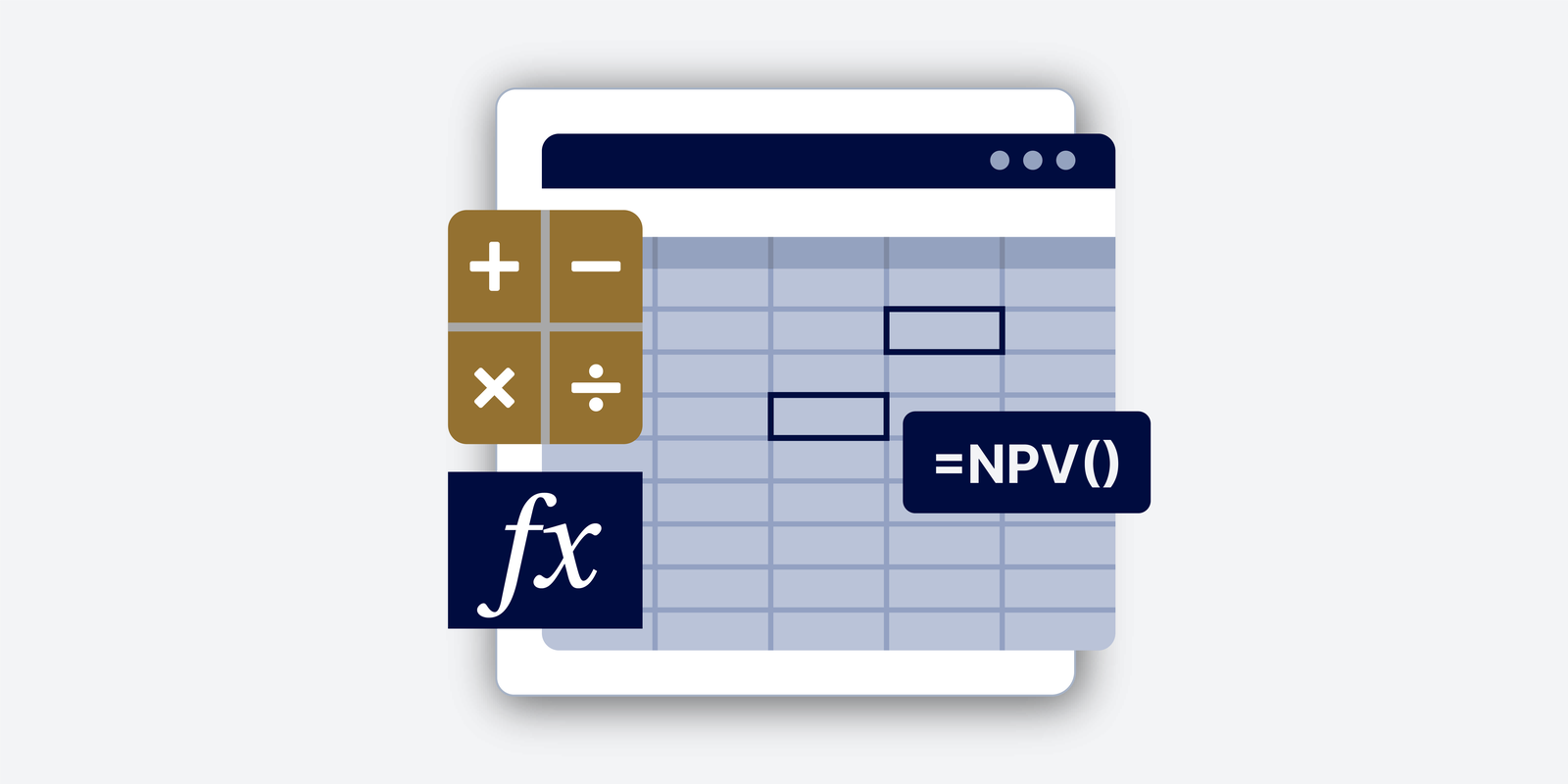ISO.CEILING Function
What is the ISO.CEILING Function? The ISO.CEILING Function is an Excel Math and Trigonometry function. It is one of the fifteen rounding functions of MS Excel. The function returns a number rounded up to the nearest integer or to the nearest multiple of significance. It works regardless of whether the number given is positive or…





